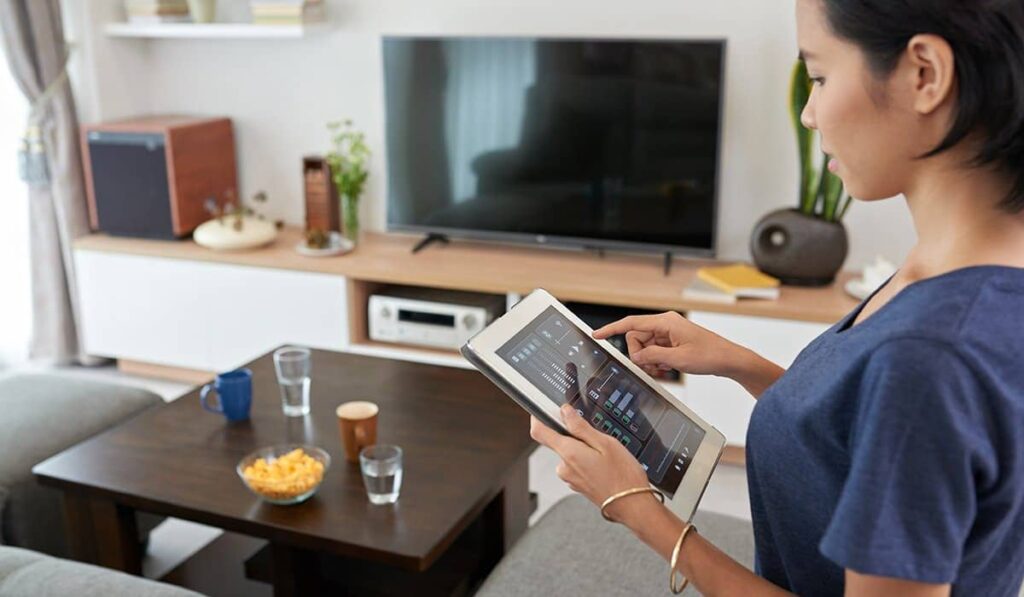Introduction
In recent years, Smart Home Technology has revolutionized the way we interact with our living spaces. The concept of a smart home involves using advanced automation systems to control and monitor household functions via a centralized platform, typically through a smartphone or a voice-controlled assistant. From lighting and security to climate control and entertainment, smart homes offer convenience, efficiency, and enhanced security. As more consumers embrace this technology, it is rapidly becoming a standard feature in modern homes.
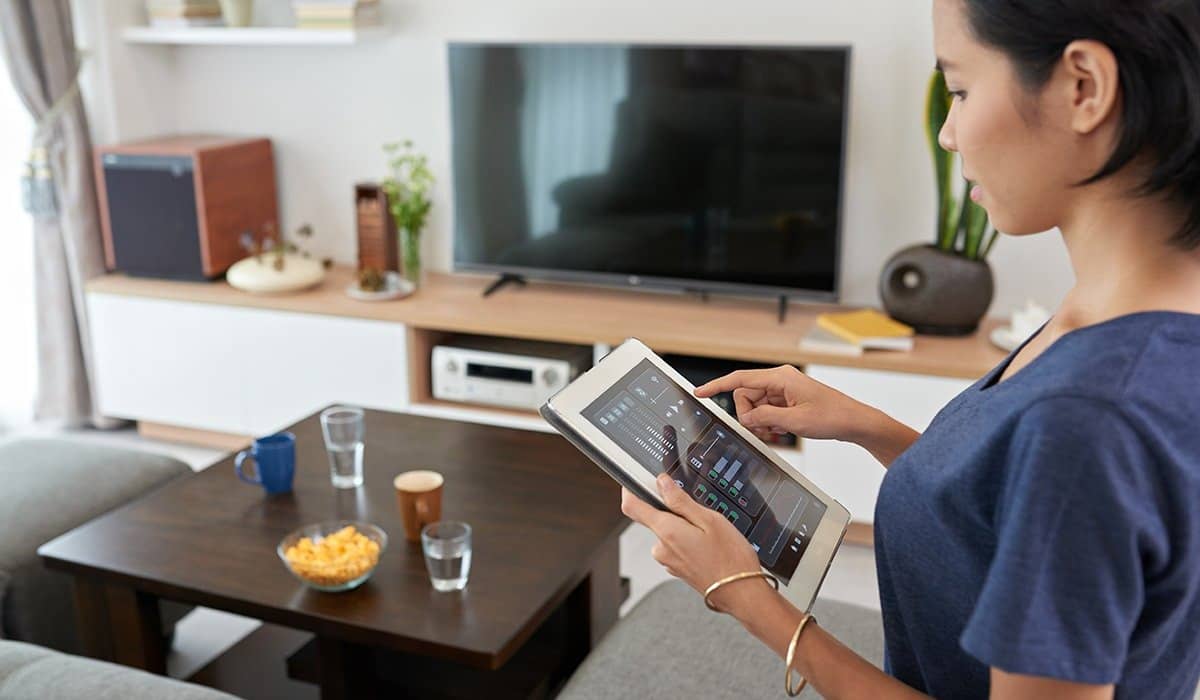
In this article, we will explore what smart home technology is, how it works, its benefits, key devices, and the future of this exciting innovation.
What is Smart Home Technology?
Smart Home Technology refers to the integration of various connected devices and systems that automate or remotely control household functions. These devices, also known as the Internet of Things (IoT), are connected to the internet and can communicate with each other, providing real-time control and monitoring. The goal of smart home technology is to make everyday life more convenient, energy-efficient, and secure.
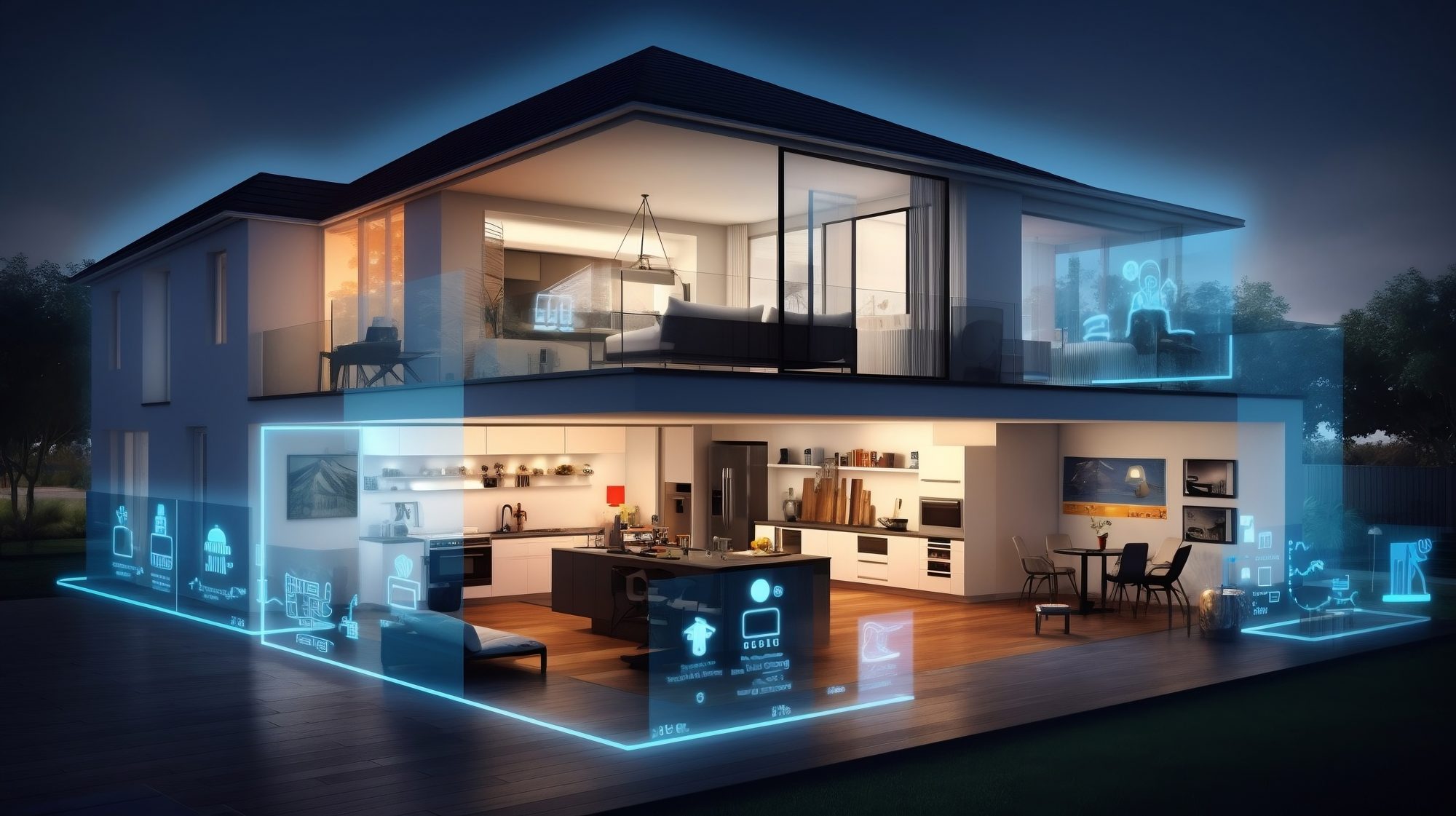
At the heart of smart home systems is a centralized control system, often referred to as a smart hub or smart home platform. This system allows users to manage and control their smart devices through a single interface, typically a mobile app or voice assistant like Amazon’s Alexa, Google Assistant, or Apple’s Siri. Whether it’s adjusting the thermostat, locking the doors, or turning off the lights, smart home technology puts control in the hands of the homeowner.
How Does Smart Home Technology Work?
Smart home technology operates using a network of connected devices that communicate with each other via Wi-Fi, Bluetooth, or other wireless communication protocols like Zigbee and Z-Wave. These protocols enable the devices to send and receive data, execute commands, and provide feedback to the user.
For example, a smart thermostat can detect when the house is empty and automatically adjust the temperature to save energy. A smart security camera can send real-time alerts to your phone when it detects unusual activity. Smart lighting systems can be programmed to turn on and off at specific times or be controlled remotely through a smartphone.
Smart home systems typically operate in three main ways:
- Automation: Devices are programmed to perform specific actions automatically, based on certain conditions. For instance, a smart sprinkler system can be set to water the lawn at sunrise or when the soil moisture level reaches a specific threshold.
- Remote Control: Users can control their devices from anywhere in the world using a smartphone app. This allows homeowners to manage their homes even when they are not physically present.
- Voice Control: Voice assistants like Alexa, Google Assistant, or Siri allow users to control their smart home devices using simple voice commands. This feature adds another layer of convenience, especially for hands-free control.
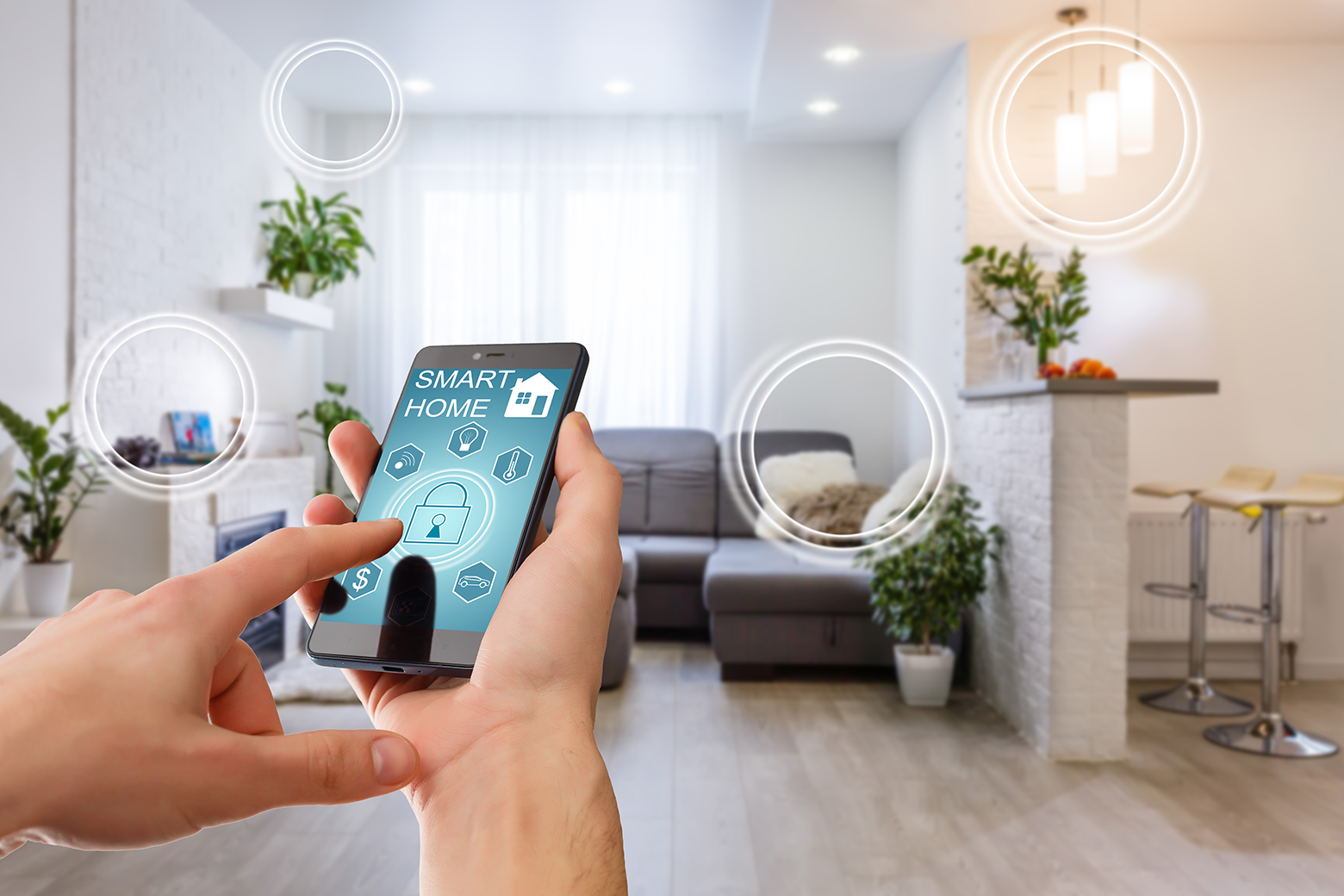
Key Devices in Smart Home Technology
There are numerous smart devices available in the market today, each designed to make specific household functions more efficient. Some of the most popular smart home devices include:
- Smart Thermostats: These devices allow homeowners to control the temperature of their home remotely. Smart thermostats can learn your habits and adjust heating and cooling settings automatically to optimize energy usage, ultimately reducing energy bills.
- Smart Lighting: Smart lighting systems, such as Philips Hue or LIFX, allow you to control the brightness, color, and on/off settings of your lights through your smartphone or voice assistant. Some smart lights can be programmed to follow specific schedules or even react to certain triggers, such as detecting motion or daylight.
- Smart Security Systems: A smart security system can include smart cameras, motion detectors, doorbell cameras, and smart locks. These devices allow homeowners to monitor their property remotely, receive alerts in case of suspicious activity, and control access to their homes without needing traditional keys.
- Smart Speakers and Voice Assistants: Devices like Amazon Echo, Google Home, and Apple HomePod serve as both voice assistants and smart home hubs. They enable users to control other smart devices, stream music, check the weather, and perform a variety of tasks with simple voice commands.
- Smart Appliances: From refrigerators and washing machines to ovens and vacuum cleaners, smart appliances are becoming increasingly popular in modern homes. These devices can be controlled remotely, provide energy efficiency insights, and even alert users when maintenance is needed.
- Smart Plugs: Smart plugs are an easy and cost-effective way to make regular household devices “smart.” By plugging your standard appliance into a smart plug, you can control it through a mobile app or voice assistant.
- Smart Doorbells: Video doorbells, like Ring and Nest Hello, allow homeowners to see, hear, and speak to visitors at their front door remotely. They often come with motion sensors and can send real-time alerts when someone approaches the door.
- Smart Locks: These keyless entry systems allow you to lock and unlock your door via a smartphone app. Some smart locks can also integrate with security systems and provide temporary access codes for guests or service providers.
Benefits of Smart Home Technology
The adoption of smart home technology offers several advantages, making life easier, safer, and more efficient. Here are some of the key benefits:
- Convenience: Smart home technology provides unparalleled convenience by allowing you to control your devices from anywhere, at any time. Whether you’re at work, on vacation, or simply in another room, you can manage your entire home with a few taps on your smartphone or through voice commands.
- Energy Efficiency: Smart home systems help reduce energy consumption by optimizing the use of heating, cooling, lighting, and appliances. For instance, smart thermostats adjust temperature settings based on occupancy, while smart lights can be programmed to turn off when a room is empty. This translates to lower energy bills and a reduced carbon footprint.
- Enhanced Security: With smart security systems, homeowners can monitor their property in real time, receive instant alerts about potential security threats, and control access to their homes remotely. Features like video surveillance, motion detection, and smart locks add extra layers of protection, giving users peace of mind.
- Customization: One of the greatest advantages of smart home technology is the ability to customize it according to individual preferences. Users can create personalized schedules and routines, such as having the lights dim and the thermostat lower when it’s time for bed, or setting up a morning routine where the coffee machine starts brewing as soon as you wake up.
- Accessibility: Smart home technology offers significant benefits for individuals with disabilities or mobility challenges. Voice control, automation, and remote access can make everyday tasks easier for those who may find traditional home systems more difficult to manage.
- Increased Home Value: Smart home technology is becoming a desirable feature for homebuyers. Having a well-equipped smart home can increase property value and make it more appealing in the real estate market.
Challenges and Concerns
While smart home technology offers many benefits, it also raises certain concerns that need to be addressed:
- Privacy: One of the biggest concerns surrounding smart home devices is privacy. Since these devices are constantly connected to the internet, they collect data about user behavior and preferences. If not properly secured, this data could be vulnerable to hackers or unauthorized third parties.
- Security Risks: IoT devices, especially those with weak security protocols, are susceptible to cyberattacks. Hackers can potentially gain control of smart home systems, compromising the security of the entire household. Ensuring that devices are updated with the latest security patches and using strong passwords are crucial for protecting against cyber threats.
- Compatibility: With numerous smart home products from different manufacturers, compatibility can sometimes be an issue. Not all devices work seamlessly together, which can lead to frustration for users trying to build an integrated smart home ecosystem. Choosing devices that are compatible with popular platforms like Alexa, Google Assistant, or Apple HomeKit can help mitigate this issue.
- Cost: Although the cost of smart home devices has decreased in recent years, building a fully automated home can still be expensive. Some homeowners may find it challenging to justify the initial investment, especially when it comes to premium products like smart thermostats, appliances, or home security systems.
The Future of Smart Home Technology
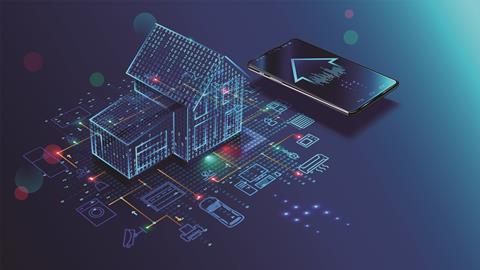
The future of smart home technology looks promising, with advancements in artificial intelligence (AI), machine learning, and edge computing leading the way. In the coming years, we can expect smart homes to become even more intuitive, capable of learning user preferences and making proactive decisions without needing manual input.
Conclusion
Smart home technology is transforming how we live by offering convenience, security, and energy efficiency. With advancements in IoT, AI, and automation, our homes are becoming smarter, more connected, and tailored to our needs. While challenges such as privacy and compatibility remain, the benefits of smart home technology make it an exciting innovation that will continue to shape the future of home living.

